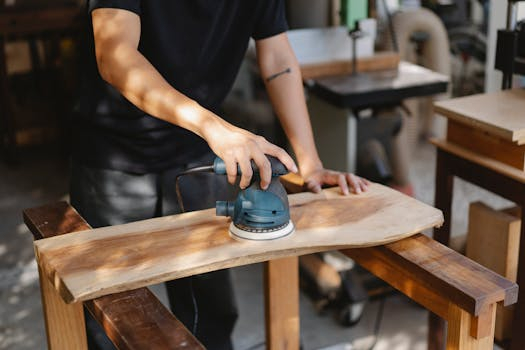DIY Shopping: The Rise of Customization
With the rise of social media and the growing popularity of personalization, it is no surprise that DIY shopping has become a trend that shows no signs of slowing down. For many consumers, the satisfaction of creating their own unique products is worth the time and effort, making DIY shopping a popular choice for those looking for something more special and personalized. As a result, we are witnessing a surge in the number of people turning to DIY shopping to showcase their creativity and express their individuality. In this article, we will explore the rise of customization in the world of shopping and how it is changing the retail landscape.
The appeal of customization
In the past, shopping was a relatively straightforward process – you went to a store, picked out a product, and purchased it. However, with the advent of online shopping and the rise of e-commerce, consumers now have a plethora of choices at their fingertips. As a result, the idea of owning a unique and one-of-a-kind item has become more appealing than ever before.
Customization allows consumers to put their own personal touch on an item, making it truly unique. Whether it’s adding a monogram to a bag or designing a t-shirt with a personal image or quote, DIY shopping offers a way for individuals to express their creativity and create products that perfectly align with their personal style.
Besides the satisfaction of owning something one-of-a-kind, customization also gives consumers a sense of ownership and control over their purchases. By being involved in the design process, consumers feel a deeper connection to the products they create, making them more likely to cherish and use them in the long run.
The impact of social media
Another factor contributing to the rise of customization is the influence of social media. Platforms like Instagram and Pinterest have become hubs for DIY ideas and inspiration, making it easier for consumers to find ways to personalize their purchases. This, combined with the ease of sharing and showcasing one’s creations, has helped to popularize the trend.
Additionally, social media has also made it easier for small businesses and independent creators to showcase their products and reach a wider audience. With a click of a button, consumers can discover and purchase unique, handmade items from all over the world, adding to the appeal of DIY shopping.
The impact on the retail landscape
The rise of customization has undoubtedly had an impact on the retail landscape. Traditional brick-and-mortar stores are facing increasing competition from online retailers who not only offer a wider selection of products but also the option for consumers to personalize their purchases. As a result, many retail stores have had to adapt and incorporate customization options to stay relevant and competitive in the market.
Moreover, the demand for DIY shopping has also resulted in the growth of online marketplaces and platforms solely dedicated to selling customized products. These marketplaces provide a space for small businesses and independent creators to reach a larger audience, further fueling the trend of customization.
The future of DIY shopping
The trend of customization shows no signs of slowing down. In fact, with advancements in technology, the possibilities for personalization are becoming endless. From 3D printing to virtual try-on, consumers now have even more options to create unique, bespoke products. As the demand for customization continues to rise, we can expect to see more retailers and businesses incorporating it into their offerings, making it an integral part of the shopping experience.
In conclusion
In a world where uniqueness and personalization are highly valued, it is no surprise that we are witnessing the rise of DIY shopping. By offering consumers the opportunity to add their own personal touch, customization has become a popular choice for those looking for something more special and unique. With its impact on the retail landscape and the continuous demand for personalization, it is safe to say that customization is here to stay.










